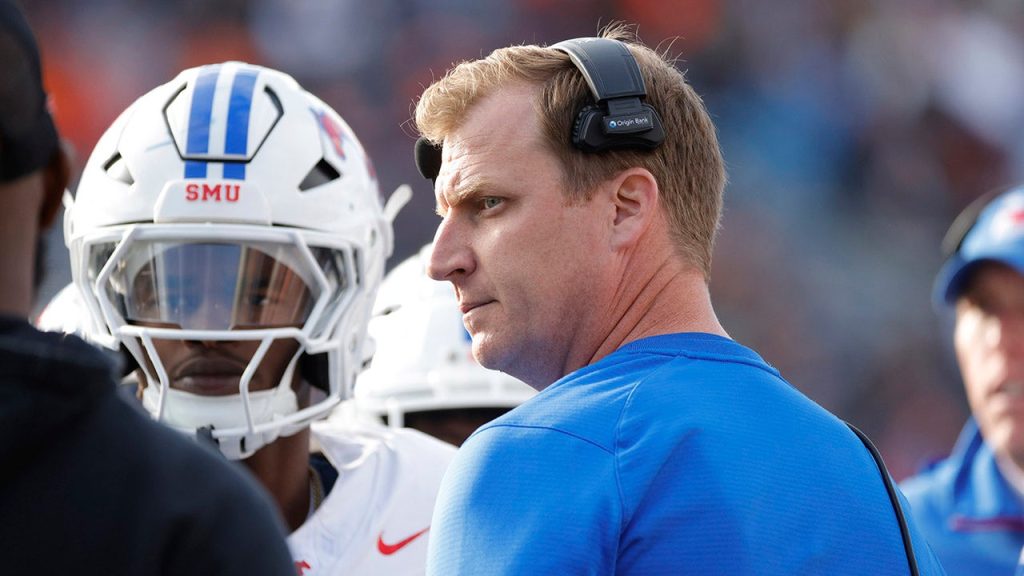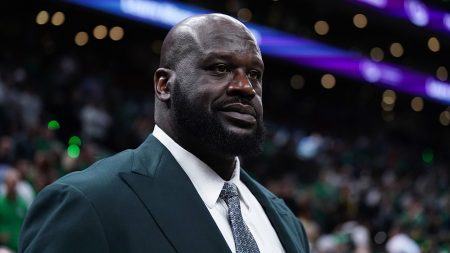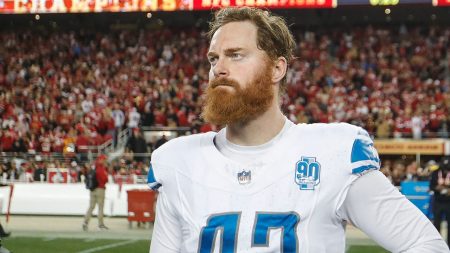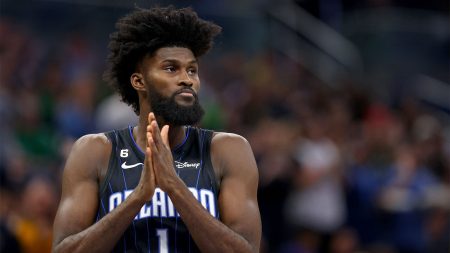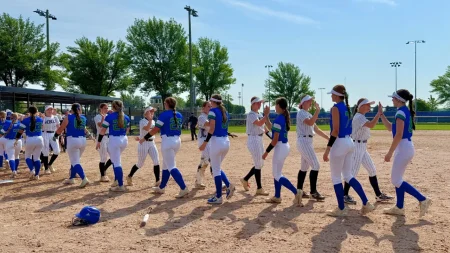The intersection of the college football transfer portal and the College Football Playoff has sparked a heated debate, raising questions about player welfare, competitive balance, and the very structure of the sport. The portal, which allows players to explore transfer options without needing permission from their current school, opened just days before the playoff, forcing players to make career-altering decisions amidst the high-stakes pressure of championship contention. This timing has drawn sharp criticism from coaches and commentators alike, who argue that it places undue stress on student-athletes and disrupts team cohesion during the most crucial part of the season.
The case of Penn State backup quarterback Beau Pribula exemplifies the predicament. With starting quarterback Drew Allar announcing his return for the next season, Pribula found himself in a difficult position, recognizing his limited playing time prospects. His decision to enter the transfer portal, while strategically sound for his individual career, came at a time when his team was preparing for a playoff run, creating an unavoidable conflict of interest. Penn State head coach James Franklin acknowledged the “no-win” situation Pribula faced, highlighting the inherent tension between individual aspirations and team goals.
SMU head coach Rhett Lashlee, whose team is set to face Penn State in the playoff, echoed Franklin’s concerns, going further to condemn the timing of the portal opening as “terrible.” Lashlee argued that no other sport allows for such “free agency” during the season, emphasizing the disruption it causes to team dynamics and preparation. He criticized the pressure placed on players to choose between transferring and competing for a championship, a decision that no athlete should have to make. Lashlee’s critique extended beyond the immediate impact on individual players, highlighting the broader implications for team morale and the integrity of the playoff competition. He pointed out the active recruitment of players from competing teams even as those teams are preparing for crucial games, a practice that he believes undermines the spirit of fair play.
Lashlee proposed a simple solution: close the transfer portal during December, allowing players to focus on their current teams and the playoffs without the distraction of transfer considerations. He suggested reopening the portal in the spring, providing a dedicated window for players to explore their options without compromising the competitive integrity of the season. This approach, he argued, would protect both individual player autonomy and the collective focus of teams striving for a championship.
While acknowledging the validity of NIL (Name, Image, and Likeness) compensation and the right of players to transfer, Lashlee emphasized the need for a more balanced system that respects both individual player choices and the collective good of the team and the sport. He pointed out the irony of his own situation, with his backup quarterback, Preston Stone, also entering the portal while remaining with the team for the playoff run. This “juggling act,” as Lashlee described it, underscores the inherent complexities of the current system and the need for a more thoughtful approach to player movement.
The controversy surrounding the transfer portal timing highlights the broader challenges facing college athletics in the NIL era. Balancing individual player rights with team dynamics, maintaining competitive balance while allowing for player mobility, and preserving the integrity of the sport are all critical issues that require careful consideration. As the college football landscape continues to evolve, finding solutions that benefit both individual athletes and the sport as a whole will be paramount. The debate sparked by the December transfer portal opening underscores the urgency of these discussions and the need for a more sustainable and equitable system for all stakeholders.




